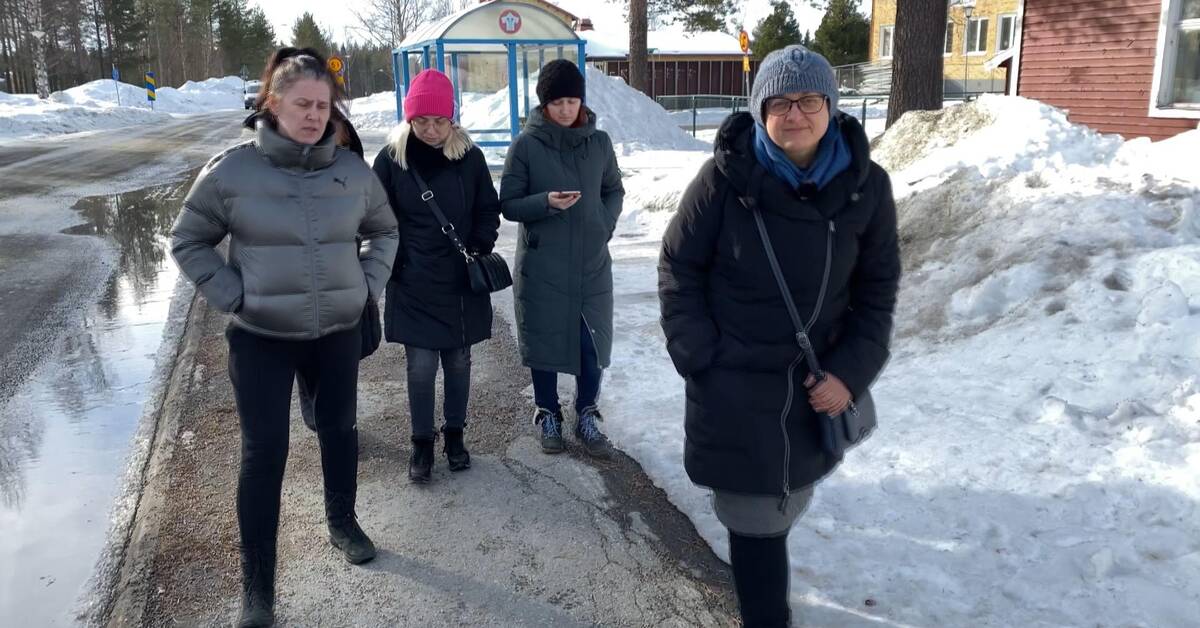Two busloads, mainly women and children, have already arrived in the county.
On Thursday morning, a third bus arrived that dropped off refugees around Skellefteå municipality.
Exactly how many fled the war and are now in Västerbotten is unclear, but just over 80 people have been placed here via the Swedish Migration Board.
- After the last bus, we had received 52 people, today another 29 came, says Maria Bergström, the Swedish Migration Agency's reception unit in Skellefteå.
"Hard to forget"
One of several who have settled in Jörn is Olena Hrytsanchuk, before she fled she worked as a teacher in her home country Ukraine.
The highest priority after the accommodation in the apartment she shares with several other women from her home country was to get food.
- Now we feel safe, but it is difficult to forget events and we have relatives left.
One wonders what will be the next step in our lives, says Olena.
Looking for more housing
It is not yet relevant to activate any emergency housing in the county and the Swedish Migration Agency is continuing to work to find housing for the refugees who come.
- I have six new contracts to sign today, so we have places on the way.
It rolls on even if there are not so many apartments, says Maria Bergström.
Manageable load
In southern Sweden, there have been alarms about extreme workload for the Swedish Migration Board's staff.
In Skellefteå, the situation is still sustainable, says Maria Bergström.
- The workload here is fully manageable, but we have a limited housing stock to relate to.
Right now we work faster and a little overtime, but it is fully manageable, she says.
In the clip above, you meet Olena Hrytsanchuk who has just arrived in Jörn.

